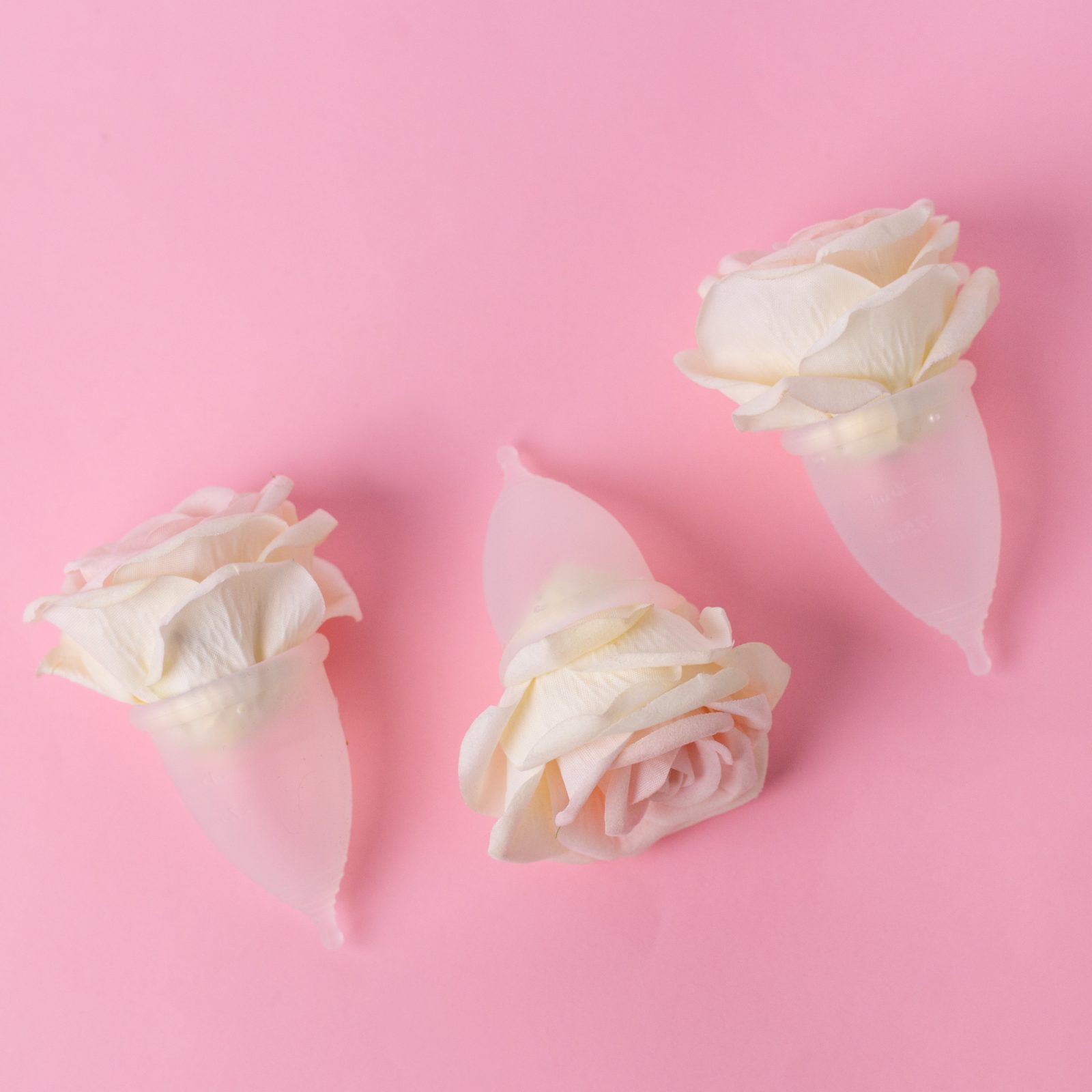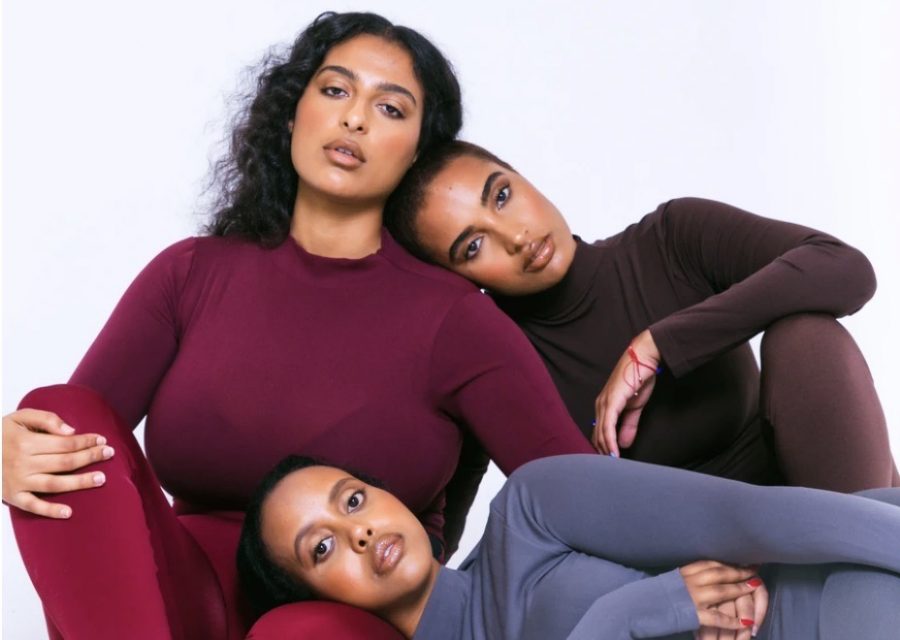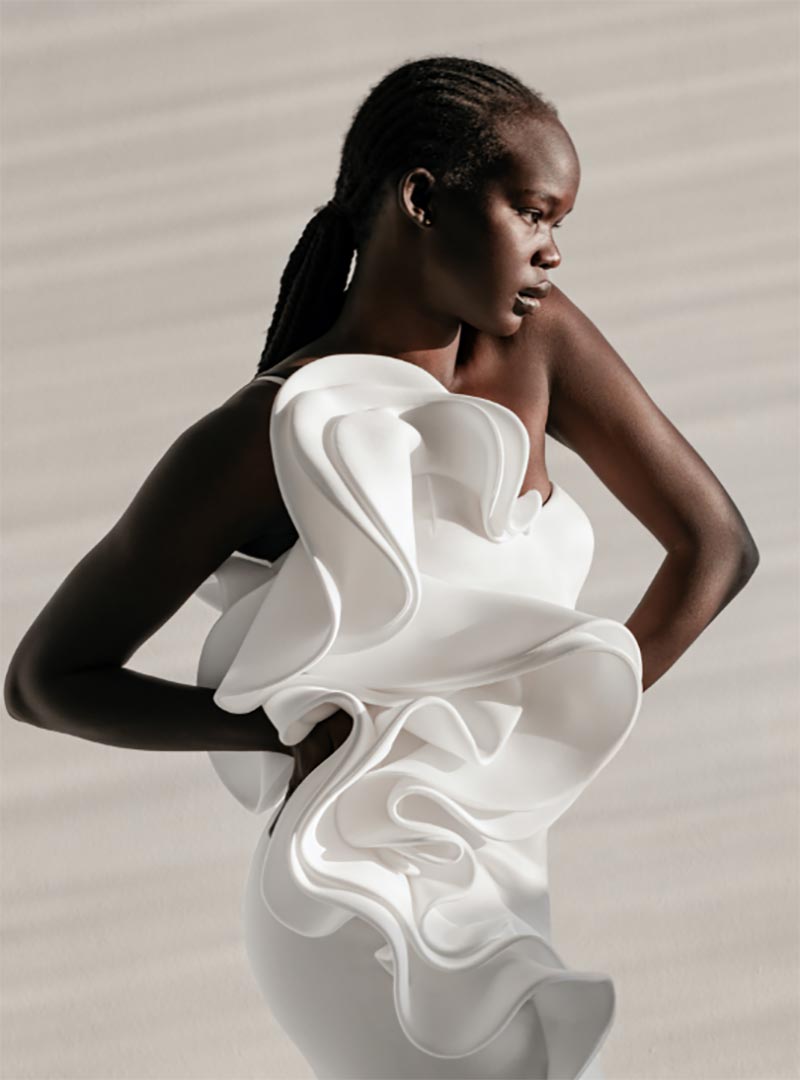No products in the cart.

Why I Made The Change To A Menstrual Cup & How It Helped
I first heard about menstrual cups from one of my girlfriends who switched over to them. She told me about how amazed she was to see the actual amount of blood her body released while on her period, and how it was much less than she imagined when she was using pads or tampons. My first and natural reaction was probably similar to yours, if you’ve never heard of a menstrual cup until now: confusion. “You put what, where? A cup? In your vagina?” For a while, I decided that I didn’t care that much about the environment or about the price of tampons to learn more about some weird contraption.

A What Now?
While ordering home supplies from Grove Collective one day, I decided to put one in my cart just for the heck of it. I didn’t plan on using it or anything, I just thought I’d see what a menstrual cup even looked like. When it arrived, I looked at the pretty purple box up and down, and tucked it into my drawer, never having opened it.
But then one day in March, Mother Nature paid her visit and I was down to my last tampon. I cursed under my breath as I hovered over the toilet bowl, mentally preparing for a trip to Target for literally one thing. (Who was I kidding? You never get just one thing at Target.) When I got to the toiletries aisle, all the Tampax tampons were gone, the shelves emptied out and bare. Along with tissue paper, people stocked all the way up on their tampons. I panicked, then I remembered I had that menstrual cup chilling in the back of my drawer. Maybe it was time to give it a chance.
I’m so glad I did.

Menstrual Cups Save Money & The Planet
Since switching to a menstrual cup, I haven’t purchased a new box of tampons in almost 5 months. I used to buy the 50-pack of the regular flow Tampax Pearl tampons, which run about $10 a box here in North Carolina. I use about 4 tampons a day for roughly 5 days, which means one box would last me about 2.5 months. While the investment in a menstrual cup is steep at the beginning (average $30), it pays for itself in about six months, if you run through tampons at about the same rate as I do. While many menstrual cup brands suggest replacing your cup yearly, most women find their cups to be durable for at least 2 years, sometimes even up to a decade.
Besides helping you keep some of your hard-earned money in your bank account (why in the world do menstrual products have a luxury tax?!), using a menstrual cup is good for the planet. While it’s certainly not on us as consumers to clean up the environmental damage caused by capitalism, if you’re passionate about reducing your carbon footprint, this is one way to do it that also helps your pockets!
A Menstrual Cup Allows You To (Almost) Forget About Your Uterus
The other great thing about menstrual cups is the reduced stress of having to change it out every few hours. Most menstrual cups can be worn for up to 12 hours a day, so if you empty it out in the morning, you likely won’t need to empty it while at work, and can wait until you’re back at home. I typically stop experiencing heavy cramps after my second day, so using a menstrual cup that only needs to be changed out morning and night makes my period so easy, I almost forget it’s happening. Almost.
The flip side of using menstrual cups is that you become very, very familiar with the inside of your vaginal cavity and the blood it sheds monthly. To use a menstrual cup, you insert the bell-shaped object into your vagina in a process that requires you to feel around your inside walls to make sure it’s secured in place. This will undoubtedly result in bloody fingers, which was a little disconcerting for me at the beginning.
But after a few rounds of emptying and re-inserting, I realized I had no reason to be grossed out about my own body and its natural cycles. In a way, using the menstrual cup allowed me to develop a certain level of intimacy and gratitude for my body, for its automatic design that showed up whether I wanted it to or not.
Menstrual Cups Can Relieve Cramps and Combat Dryness
There’s also definitely a bit of a learning curve. It took me a few tries to make sure I was inserting the cup properly. When it didn’t sit in my vagina the right way, I typically would feel a constant urge to pee, and there would be leakage. But once I got the hang of it, it sat comfortably between my vaginal cavity and I forgot about it until nighttime.

Some women say that using menstrual cups helps to relieve their period cramps, and while my cramps don’t seem to go away with anything other than exercise or Advil, I have noticed less intensity sometimes while using the cup. Other women also report that menstrual cups leave them feeling less dry, a typical complaint of tampon users. While I can’t attest to this particular problem, reduced drying makes a lot of sense, since menstrual cups are made with silicone.
Quarantine shut down my social life, but it definitely helped my bank account. And in the case of switching to menstrual cups, quarantine came in handy in a very unexpected way. Now that I’ve been using the cup for almost 6 months, I don’t see myself going back to tampons or anything else anytime soon.







